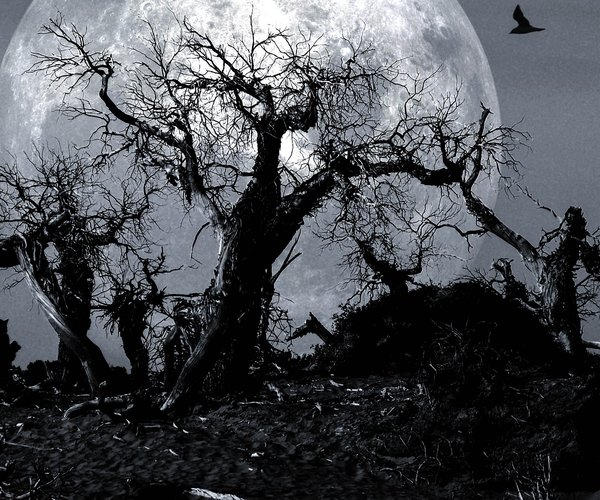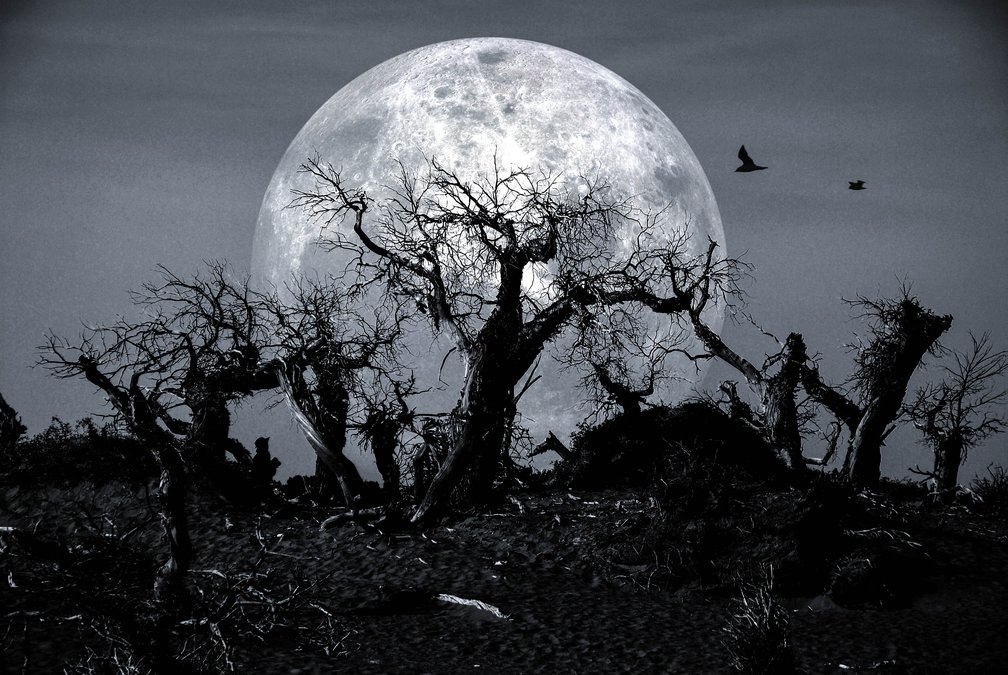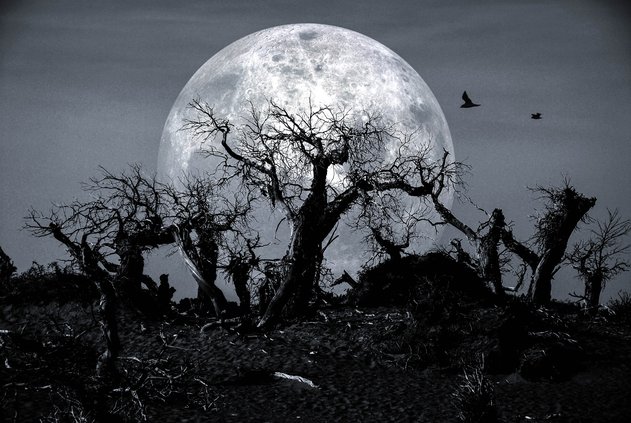Drought in South Georgia and a warmer winter in southern Florida likely contributed to a downturn in wood stork nesting this spring in Georgia.
Still, a Georgia Department of Natural Resources biologist said the estimate of 2,136 nests is the state’s third-highest total on record and does not reverse a general trend of increases in wood stork nesting.
The DNR-led survey of the endangered birds found nests in 10 South Georgia counties. While the count is less than last year’s 2,696, the most since surveys by air began in the 1990s, the number highlights the annual fluctuations in wood stork nesting. There were 1,676 nests in 2009 and 2,292 in 2008.
Fewer nests this year is not seen as cause for alarm, suggested Tim Keyes, a natural resources biologist with the DNR’s Nongame Conservation Section.
“Over 2,000 is still a strong nesting year in Georgia,” Keyes said. “This bird in Georgia is still doing just fine.”
Wood storks were listed as endangered in the U.S. when the number of breeding pairs in the Southeast slid to about 5,000 in the late 1970s, down from as many as 20,000 in the 1930s. The decline was blamed on wetland habitat loss and alteration due largely to ditch building in Florida.
About 8,000 pairs of these large wading birds, America’s only true stork, now nest in Florida, Georgia and South Carolina. Georgia supports about 20 percent of the U.S. nesting population.
The drought gripping most of the state has sapped many of the small, natural wetlands where wood storks nest. The majority of this year’s nests are in deep-water artificial impoundments. The birds build the stick nests in trees over water, a setting in which alligators unwittingly help protect the eggs and chicks above from raccoons and other predators.
When the water dries up, storks sometimes either do not nest or abandon nests, Keyes explained. Eggs and chicks become more vulnerable to predators, and the loss of important shallow-water foraging wetlands can undercut the parents’ ability to feed their young - even at sites that maintain some water.









